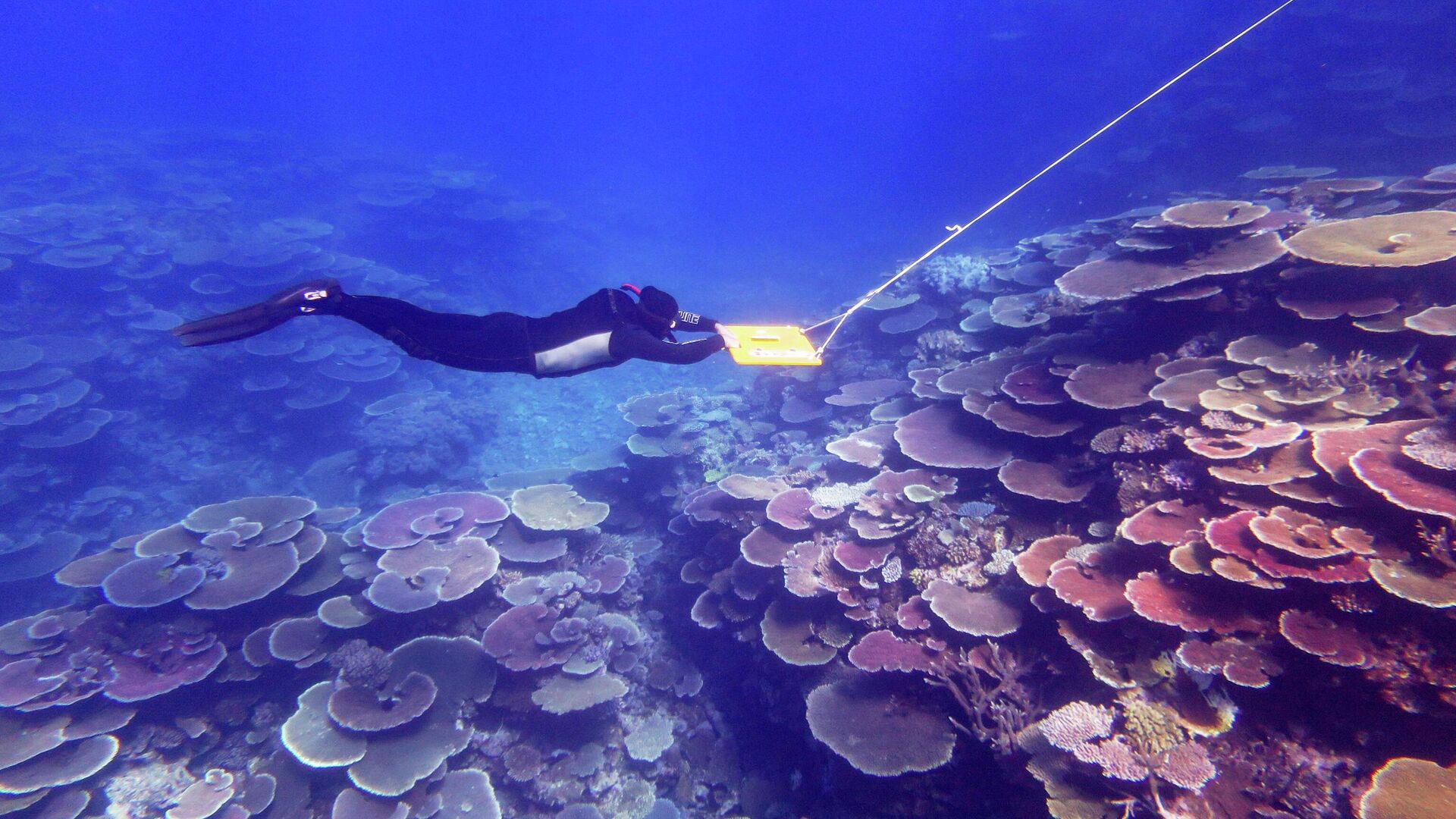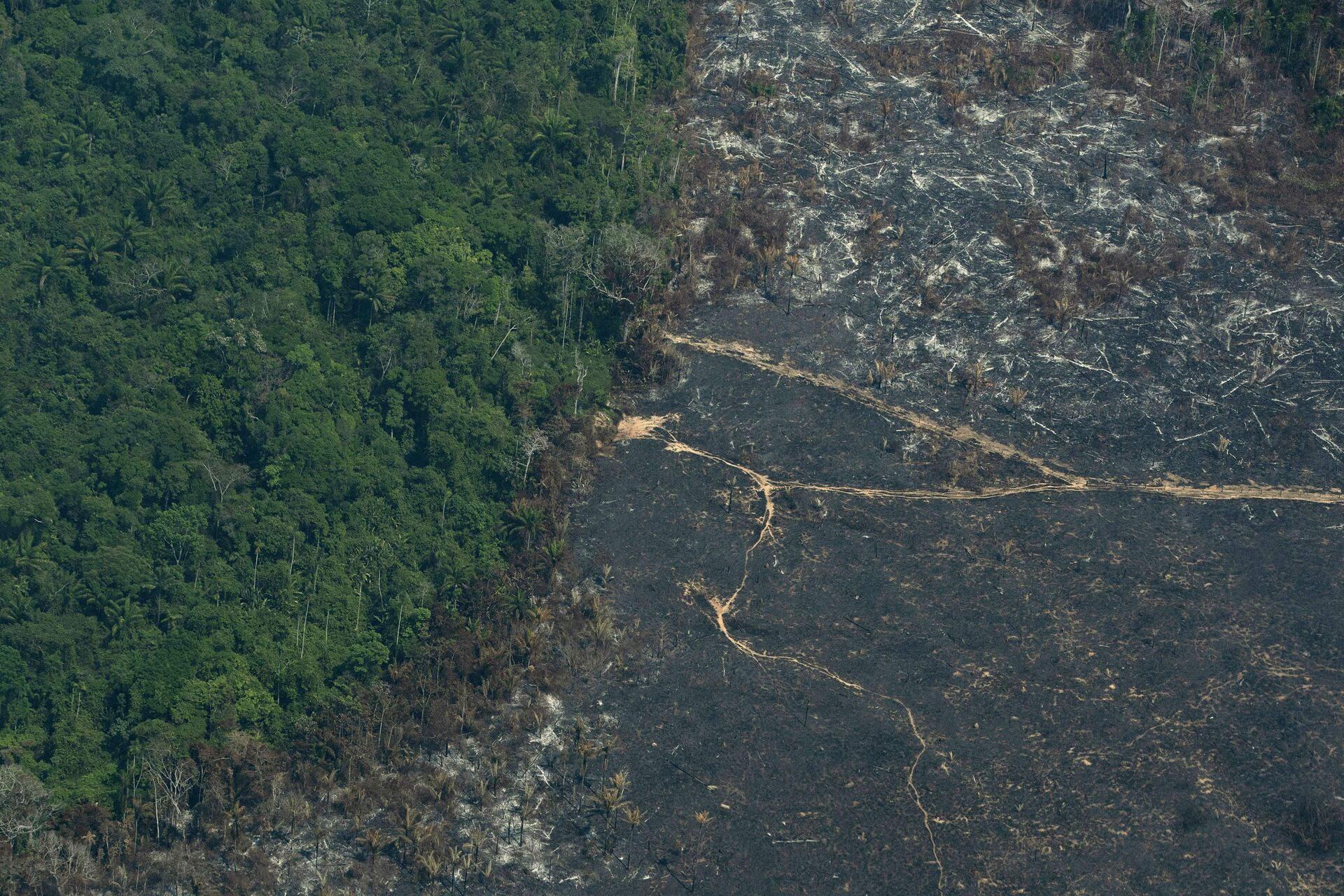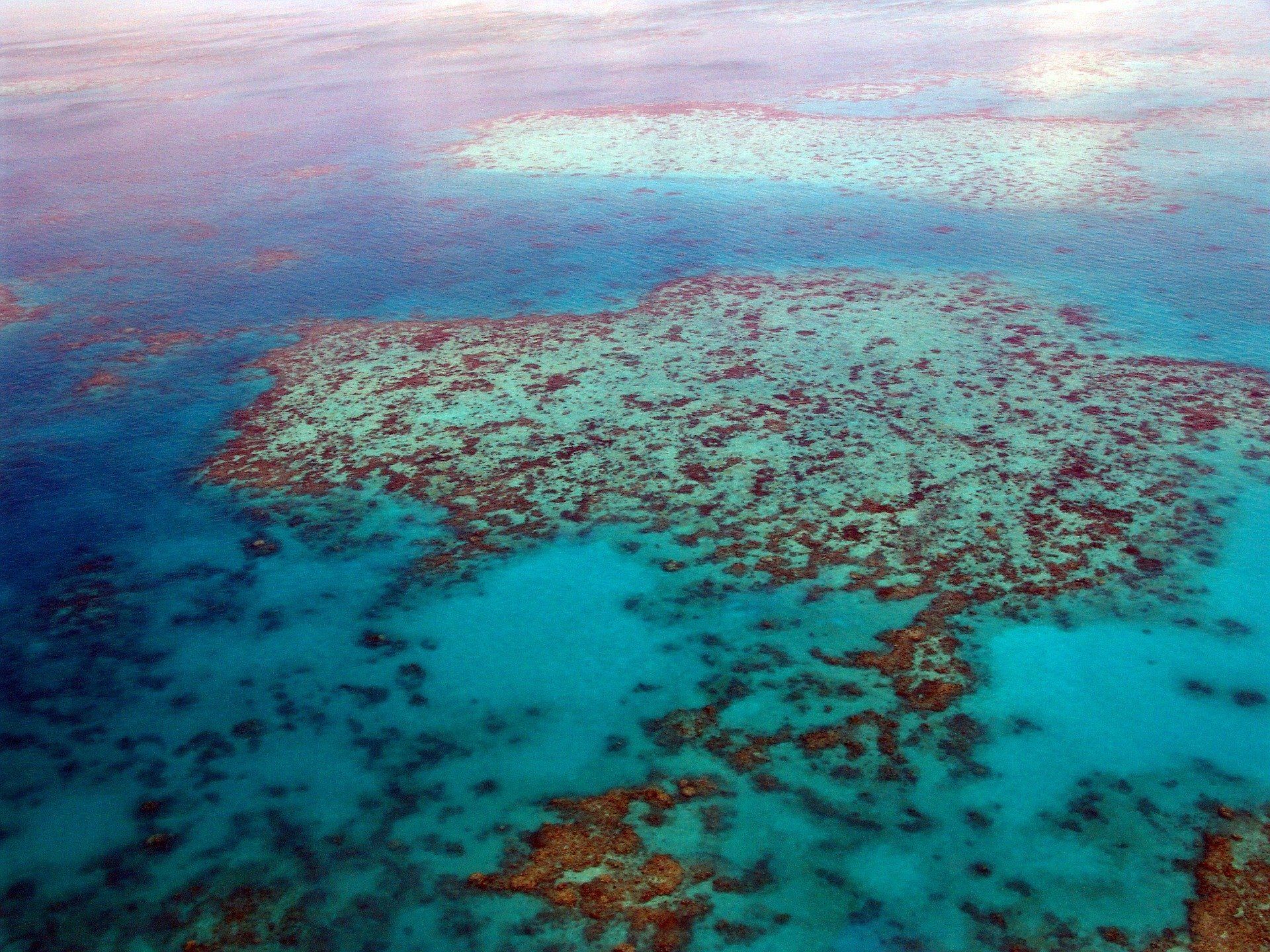https://sputnikglobe.com/20220916/hidden-ocean-forests-with-seaweed-tens-of-meters-high-span-area-larger-than-the-amazon-study-shows-1100865615.html
Hidden Ocean Forests With Seaweed Tens of Meters High Span Area Larger Than the Amazon, Study Shows
Hidden Ocean Forests With Seaweed Tens of Meters High Span Area Larger Than the Amazon, Study Shows
Sputnik International
Hidden underwater forests, such as Australia’s Great Southern Reef and the Great African Seaforest off the coastline of southern Africa, are just some of an... 16.09.2022, Sputnik International
2022-09-16T18:30+0000
2022-09-16T18:30+0000
2022-09-16T18:33+0000
science & tech
algae
ocean
ocean floor
scientific research
https://cdn1.img.sputnikglobe.com/img/07e6/09/10/1100864419_0:160:3072:1888_1920x0_80_0_0_088e7e2e09e8ac4d08fd629b16e279e0.jpg
Boasting a lush canopy of kelp and seaweed sometimes growing tens of meters high, ocean forests are much more vast than scientists previously realized, new research has revealed.While Australia’s Great Southern Reef, and the Great African Seaforest off the coastline of southern Africa are better known, many more extensive networks purportedly cover an area larger than the Amazon.To date, it's been a challenge to estimate how large an area these forests cover. On land, forests are measured by satellite. However, satellites cannot take measurements underwater at the depths where these forests are found.The study, carried out by scientists from the University of Western Australia, supported by the European Marine Research Network, made use of millions of underwater records from scientific literature, online repositories, local herbaria, and citizen science initiatives to model the global distribution of ocean forests. The team, led by Albert Pessarrodona Silvestre, postdoctoral research fellow, Karen Filbee-Dexter, research fellow, and Professor Thomas Wernberg of the University of Western Australia, discovered that they cover between 6 million and 7.2 million square kilometers. The Amazon, the world’s largest river by volume, whose basin is home to the Amazon rainforest, is at least 4,000 miles (6,400 km) long.Next, there was an assessment of how productive these ocean forests are, or, in other words, how much they grow. For this, the research sifted through hundreds of individual experimental studies from across the globe where seaweed growth rates had been measured by scuba divers.Productivity was found to be highest in temperate regions, with cool, nutrient-rich water. Underwater forests are even more productive than many farmed crops such as wheat, rice, and corn, the team said. Every year, on average, ocean forests in these regions produce 2 to 11 times more biomass per area than the farm crops mentioned above.These findings feed into earlier suggestions that the immense productivity of the underwater forests could be harnessed to help meet global food security needs, the authors said. Furthermore, the rapid growth rates could also mean seaweeds, with their voracious appetite for carbon dioxide, could play a role in mitigating climate change, the authors underscored.
Sputnik International
feedback@sputniknews.com
+74956456601
MIA „Rossiya Segodnya“
2022
News
en_EN
Sputnik International
feedback@sputniknews.com
+74956456601
MIA „Rossiya Segodnya“
Sputnik International
feedback@sputniknews.com
+74956456601
MIA „Rossiya Segodnya“
science & tech, algae, ocean, ocean floor, scientific research
science & tech, algae, ocean, ocean floor, scientific research
Hidden Ocean Forests With Seaweed Tens of Meters High Span Area Larger Than the Amazon, Study Shows
18:30 GMT 16.09.2022 (Updated: 18:33 GMT 16.09.2022) Hidden underwater forests, such as Australia’s Great Southern Reef and the Great African Seaforest off the coastline of southern Africa, are just some of an extensive network believed to span an area twice the size of India and home to huge numbers of marine species.
Boasting a lush canopy of kelp and seaweed sometimes growing tens of meters high, ocean forests are much more vast than scientists previously realized,
new research has revealed.
While Australia’s Great Southern Reef, and the Great African Seaforest off the coastline of southern Africa are better known, many more extensive networks purportedly cover an area larger than the Amazon.
To date, it's been a challenge to estimate how large an area these forests cover. On land, forests are measured by satellite. However, satellites cannot take measurements underwater at the depths where these forests are found.
The study, carried out by scientists from the University of Western Australia, supported by the European Marine Research Network, made use of millions of underwater records from scientific literature, online repositories, local herbaria, and citizen science initiatives to model the global distribution of ocean forests. The team, led by Albert Pessarrodona Silvestre, postdoctoral research fellow, Karen Filbee-Dexter, research fellow, and Professor Thomas Wernberg of the University of Western Australia, discovered that they cover between 6 million and 7.2 million square kilometers.
The Amazon, the world’s largest river by volume, whose basin is home to the Amazon rainforest, is at least 4,000 miles (6,400 km) long.
Next, there was an assessment of how productive these ocean forests are, or, in other words, how much they grow. For this, the research sifted through hundreds of individual experimental studies from across the globe where seaweed growth rates had been measured by scuba divers.
Productivity was found to be highest in temperate regions, with cool, nutrient-rich water. Underwater forests are even more productive than many farmed crops such as wheat, rice, and corn, the team said. Every year, on average, ocean forests in these regions produce 2 to 11 times more biomass per area than the farm crops mentioned above.
These findings feed into earlier suggestions that the immense productivity of the underwater forests
could be harnessed to help meet global food security needs, the authors said. Furthermore, the rapid growth rates could also mean seaweeds, with their voracious appetite for carbon dioxide, could play a role in mitigating climate change, the authors underscored.



